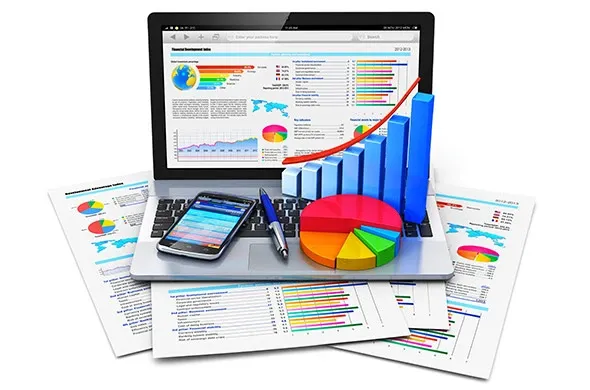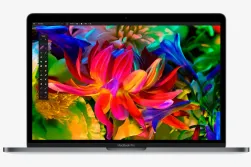While the global telecom market had to contend with declines in 2022, some categories continued to perform well. For 2023, GfK forecasts a stabilization of the market.
As for all other segments of the Consumer Technology and Durables market, 2022 was a tough year for the Telecom industry. “While we had already predicted saturation effects in 2022 after the strong sales in the pandemic years, the additional weakness of the Chinese market significantly impacted the results. All in all, the global Telecom market closed 2022 with a 9.7 percent decline in revenue compared to the previous year,“ said Jan Lorbach, GfK expert for the Telecom industry.
The smartphone segment, including phablets, also saw a 9.1 percent demand decline from January to December 2022 compared to the previous year, with a total of 908 million units sold. Revenues were hit even harder with a minus 10.2 percent drop to 330 billion US dollars. As budgets became tighter for many, practically the only market drivers in 2022 were consumers with higher and middle incomes. These consumer groups increased their share of all smartphone buyers by a further 4 percent points compared to 2021 and now account for 48 percent of this group. Accordingly, demand for premium devices also increased, with, for example, the revenue of 5G models growing by 1.2 percent.
While consumers that are still buying smartphones are opting for premium devices, the total number of purchases has decreased in 2022. One reason for this may be that people are keeping their smartphones for a longer time. Data from gfknewron Consumer shows that, from January to September 2019, only 48 percent of consumers used their smartphones for two years or longer. That share has now increased to 57 percent in the same period of 2022. This development can especially be observed within Generation Z (15 to 25 years old), where the share now stands at 14 percentage points above the average. The younger generation has a clear focus on sustainability and therefore consciously extends the life cycle of their devices.
One of the few segments that managed to survive the difficult year 2022 stably is wearables. With 13.9 billion US dollars in revenue, the wearables market achieved almost the same level in 2022 as in the previous year (minus 1.1 percent compared to 2021). Although popular segments have lost ground, this has been offset by growth in other product lines.
These shifts have been driven by increasing consumer demand for more detailed control of their health, via smart features. Accordingly, wearables with a sleep tracking feature (plus 4 percent) or blood oxygen sensors (plus 20 percent) showed strong growth. This trend also led to developments in innovation, such as the new feature of stress level measuring (EDA). Launched in the fourth quarter of 2021, these devices already account for 16 percent of revenue in the wearables market and continue to grow.
Further hot topics are augmented reality (AR), virtual reality (VR), and the metaverse. While awareness and discussions around the metaverse rise, retail sales of VR headsets in the European market declined by 15 percent year-over-year in 2022. This is the first decline ever, as the market has previously recorded double-digit growth for years. “The European market seems to have accomplished initial consumer penetration. The industry should now focus on providing more content, as well as better visual quality and security, to drive the market based on this initial penetration. Convincing consumers about the use cases will be key to driving VR/metaverse forward.", says Sohjin Baek, GfK expert for the global IT hardware industry.
GfK experts forecast a stronger year in 2023 for the global Telecom market overall compared to the relatively weak 2022. At a regional level, China, which is the largest single market, is expected to pick up again and significantly drive global market growth. Additionally, developments within the three main product categories will have a positive impact.
Although replacement cycles are extending, smartphone purchases made at the height of the pandemic in 2020 and 2021 are entering the expected renewal cycle window this year. In wearables, the driver will be the next generation of Health Tracking sensors, which will expand the scope of applications. In addition, positive revenue growth is expected for the smartwatch segment. AR/VR is expected to become more tangible and grow into areas beyond gaming. This is one of the segments with the greatest potential in the coming years.
To remain competitive in the market and differentiate from competitors in terms of quality, retailers, and manufacturers should continue to innovate for more powerful or faster devices that make consumers' lives easier. “Innovation will further drive consumer demand. Especially in times when the holding time of smartphones is extending and budgets are tight, consumers will more than ever ask for value for money“, concluded Jan Lorbach, GfK expert for the Telecom market.



















